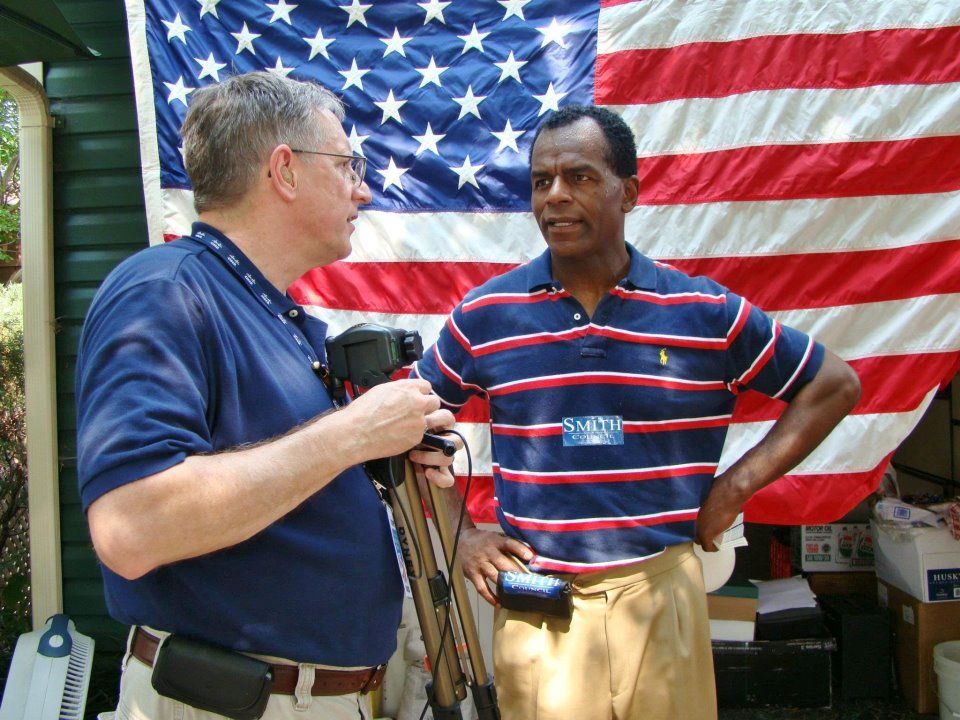 The Digital Divide, popularize in 1990’s to describe the gap between those
who did or did not have access to information technology. First used for the ability to access Personal Computers (PC’s), in less than a decade
gave way to Internet and more recently Broadband Internet access.
The Digital Divide, popularize in 1990’s to describe the gap between those
who did or did not have access to information technology. First used for the ability to access Personal Computers (PC’s), in less than a decade
gave way to Internet and more recently Broadband Internet access. There are many reasons to close this technology gap, economic, social morally and to simply, not leave anyone behind. In an attempt to close this divide, billions have been spent over the years. “The American Recovery and Reinvestment Act provided the Department of Commerce’s National Telecommunications and Information Administration (NTIA) and the U.S.Department of Agriculture’s Rural Utilities Service (RUS) with $7.2 billion to expand access to broadband services in the United States..” alone. This effort does not include the additional billions spent by other agencies and commercial entities.
Today only one out of five Americans
(20%) do not have access to the Internet – quite a change from where we started
in 90’s. The Pew Internet Organization
reports that one of the most common reasons given by these not using the
Internet is that, they feel that it is not relevant to them.
Responding this apparent need for relevance, droves of government and non-government groups
continue to spend time and money in efforts to convince these holdouts of the importance
of having Internet access to the home. Maybe,
just maybe, this worthy endeavor may not be as relevant as we
thought. While we have been pushing the paradigm of
Internet to each home – something else has been emerging.
The same Pew Report notes that 88% of Americans have access to a cell phone. That the …rise of mobile is
changing the story. Groups that have traditionally been on the other side of the digital divide in basic internet access are using wireless connections to go online…” The report goes on to state that among “….smartphone owners, young adults, minorities, those with no college experience, and those with lower household income levels are more likely than other groups to say that their phone is their main source of internet access…”
It appears that about 8% more
Americans have access to cell phones then Broadband Internet to the home. In
addition, what we considered as “Internet” may not be as relevant to them as
let’s say “texting” or other similar applications. This wireless shift is
changing how Americans - are and will connect in the future. Apps, which maybe not
viewed as “Internet” by these users, are definitely changing how a new
generation communicates and “connects”
It is time for us to re-evaluate what is
the Digital Divide and what truly are the tools and skills that our children will need
to connect to the world. Maybe it is
time for a change in our thinking.
Steve Goad
Media Goal Solutions
http://mediagoalsolutions.com
Steve Goad
Media Goal Solutions
http://mediagoalsolutions.com
